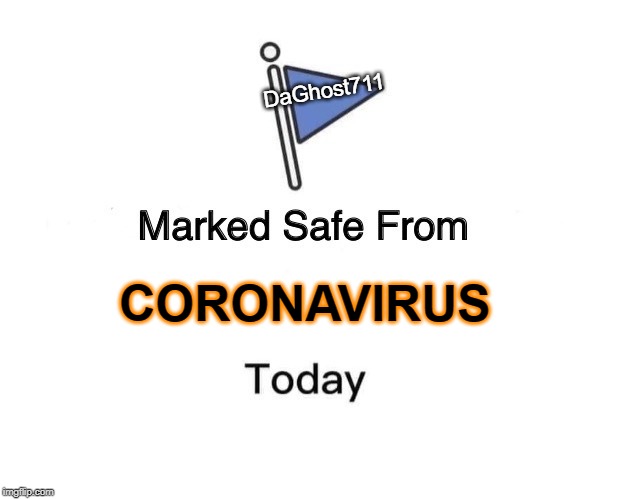
They then isolated tweets that linked to YouTube videos. To reach their findings, researchers collected a random sampling of 10 percent of all tweets each day. The proportion dropped again, to 4 percent by Inauguration Day, after the new policies were put in place on Jan. After YouTube introduced its stricter policies, the proportion fell sharply for much of the month, before rising slightly before the Jan. A postelection surge in sharing videos containing fraud theories peaked at about 18 percent of all videos on Facebook just before Dec. By Inauguration Day, the proportion was around 5 percent.

7, when YouTube announced that any channels that violated its election misinformation policy would receive a “strike,” and that channels that received three strikes in a 90-day period would be permanently removed. 21, the proportion of election fraud content from YouTube that was shared on Twitter had dropped below 20 percent for the first time since the election. That was the day YouTube said it would remove videos that promoted the unfounded theory that widespread errors and fraud changed the outcome of the presidential election. The top YouTube channels about election fraud that were shared on Twitter that month came from sources that had promoted election misinformation in the past, such as Project Veritas, Right Side Broadcasting Network and One America News Network.īut the proportion of election fraud claims shared on Twitter dropped sharply after Dec. In November, those videos consistently accounted for about one-third of all election-related video shares on Twitter. Researchers at the Center for Social Media and Politics at New York University found a significant rise in election fraud YouTube videos shared on Twitter immediately after the Nov. YouTube’s stricter policies against election misinformation was followed by sharp drops in the prevalence of false and misleading videos on Facebook and Twitter, according to new research released on Thursday, underscoring the video service’s power across social media.

Source: Center for Social Media and Politics at New York University Share of Election-Related Posts on Social Platforms Linking to Videos Making Claims of Fraud


 0 kommentar(er)
0 kommentar(er)
